To spot and remove ticks during your dog’s care routine, check their body daily, especially after outdoor walks. If you find a tick, use tweezers or a tick removal tool to pull it out safely, clean the area, and monitor for signs of infection.
Why Tick Checks Are Essential for Your Dog’s Health
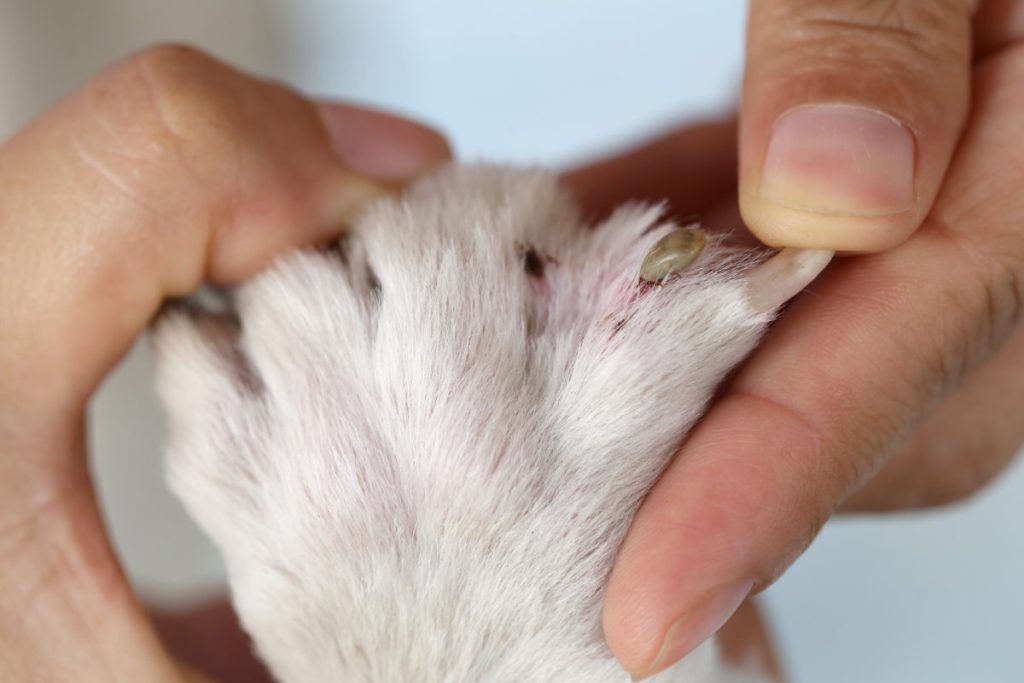
Ticks carry parasites and spread diseases such as Lyme disease, Ehrlichiosis, and Babesiosis. These infections affect blood, skin, and overall health. Regular checks protect your dog from:
- Skin irritation and redness
- Blood loss from heavy infestations
- Tick-borne diseases with long-term health risks
Tick checks are part of parasite control and overall pet safety. Careers Collectiv advises owners to include tick checks in every grooming session.
How to Spot Ticks on Your Dog’s Body
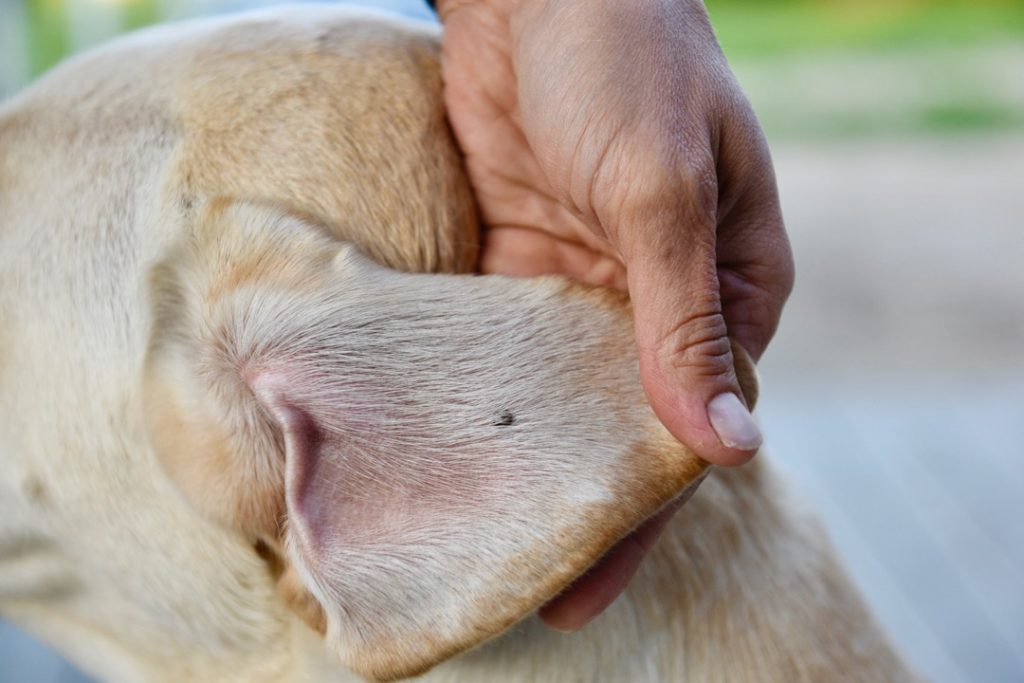
Ticks are often small and easy to miss. You need to look and feel carefully.
Signs of infestation:
- Excess scratching or biting
- Red or swollen spots on skin
- Small hard lumps under the fur
Common hiding spots:
- Inside ears and around ear flaps
- Between toes and paw pads
- Under the collar and around the neck
- In armpits and groin areas
- At the base of the tail
A daily canine skin check helps identify problems before they spread.
- Excess scratching or biting
Step-by-Step Guide to Safely Remove Ticks from Dogs
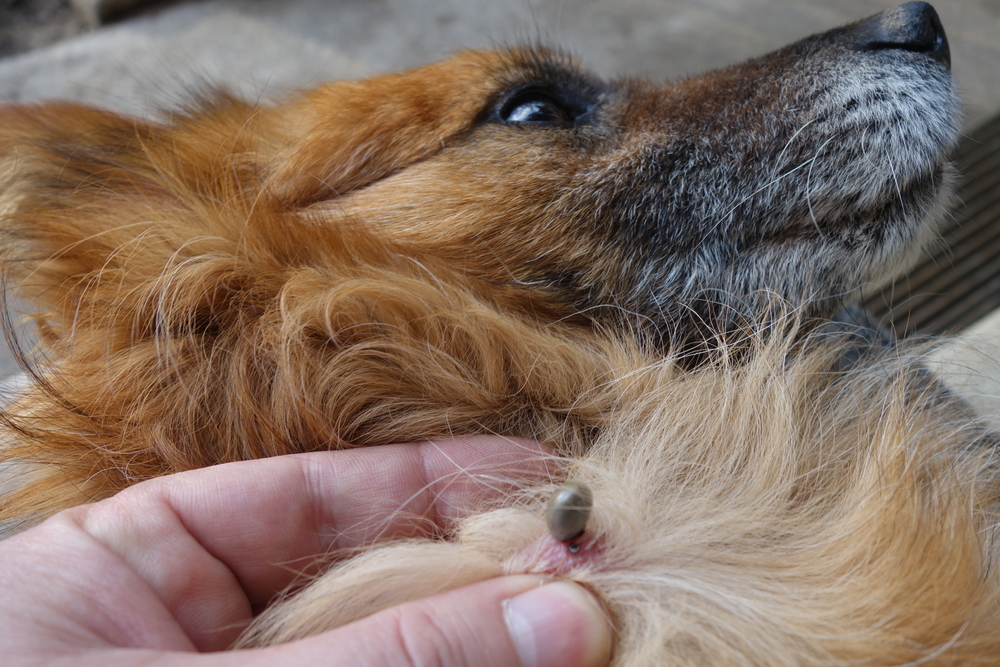
You need proper tools to avoid harming your dog.
Tools required:
- Fine-tipped tweezers or tick remover
- Gloves to protect your hands
- Isopropyl alcohol
- Container to save the tick
Safe tick removal steps:
- Wear gloves before touching your dog.
- Use tweezers to grasp the tick close to the skin.
- Pull upward slowly and steadily.
- Avoid twisting, squeezing, or burning the tick.
- Confirm the entire tick, including head, is removed.
Veterinary-approved tick removal avoids infection and reduces risk of tick fluids spreading into the wound.
- Fine-tipped tweezers or tick remover
Aftercare: Caring for the Tick Bite Area
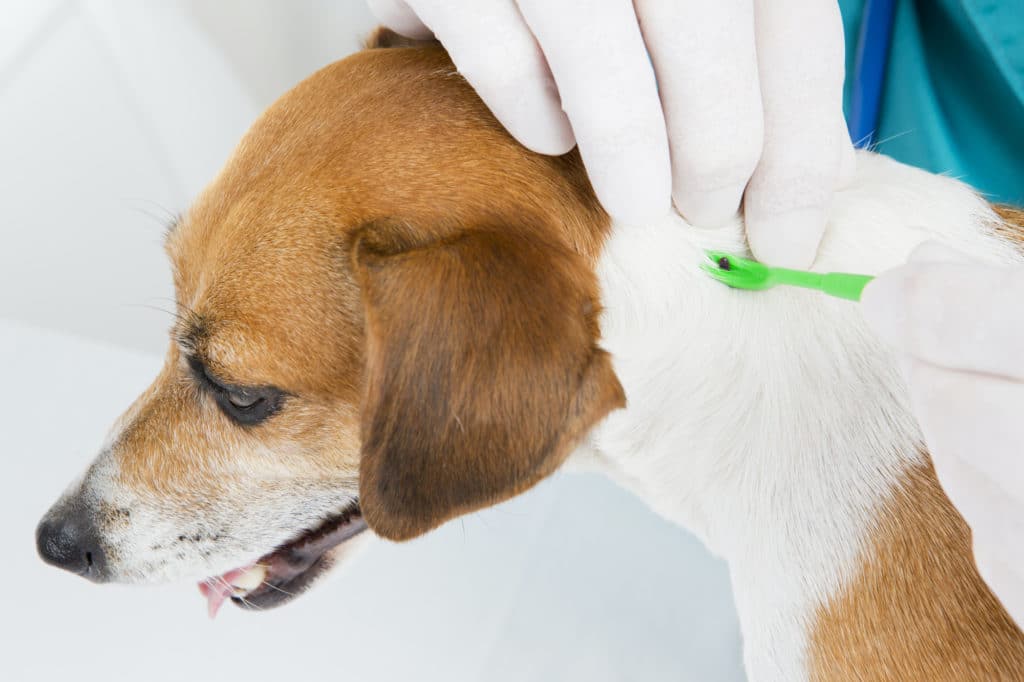
Once the tick is out, aftercare is critical.
- Clean the bite with antiseptic or mild soap and water
- Disinfect tweezers and tools with alcohol
- Watch for redness, swelling, or pus
- Note the date of removal in case symptoms appear later
Contact a vet if the area looks infected or if the tick’s head breaks off in the skin.
Preventing Future Tick Infestations
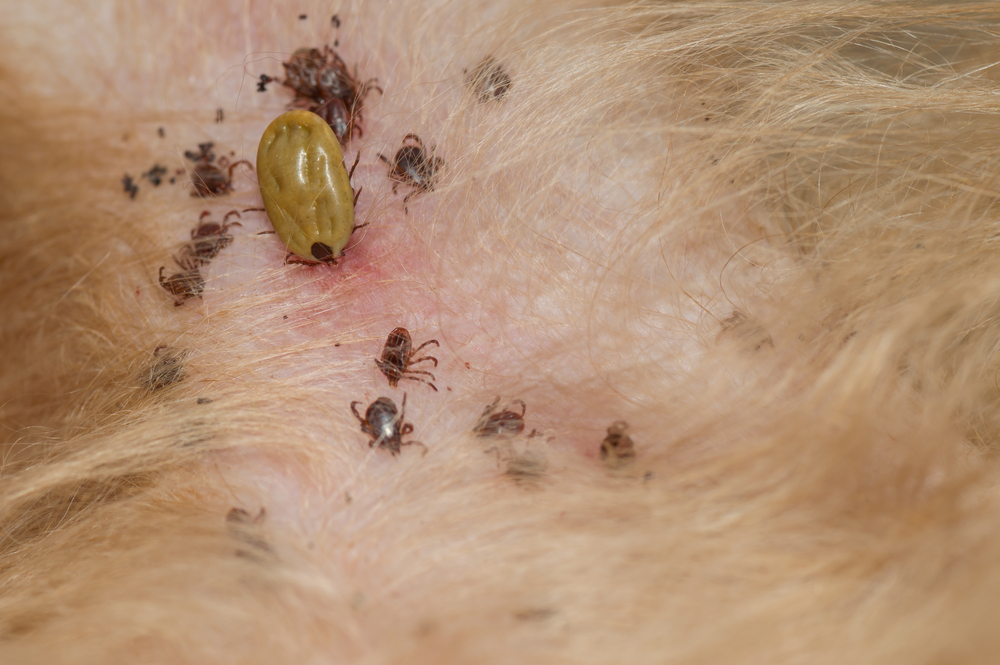
Prevention saves stress for both you and your pet.
Options include:
- Tick collars that release protective chemicals
- Spot-on treatments applied to the back of the neck
- Oral preventatives prescribed by your vet
- Regular grooming and coat brushing
Outdoor prevention tips:
- Keep lawns trimmed and free of tall grass
- Avoid dense bushland during tick season
- Use safe sprays before trips to parks
Flea and tick control is an ongoing routine, not a one-time action.
Tick-Borne Diseases Every Dog Owner Should Know
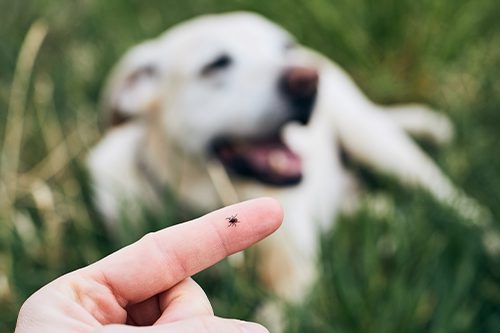
Ticks spread more than irritation. They transmit serious infections.
Key diseases include:
- Lyme disease: causes fever, joint pain, and lethargy
- Ehrlichiosis: common in Australia, causes fever, appetite loss, and bleeding disorders
- Babesiosis: leads to anemia and weakness
Watch for symptoms:
- Loss of appetite
- Lethargy and fatigue
- Fever and swollen lymph nodes
Quick detection and treatment by a veterinarian protect long-term health.
When to Contact Your Veterinarian
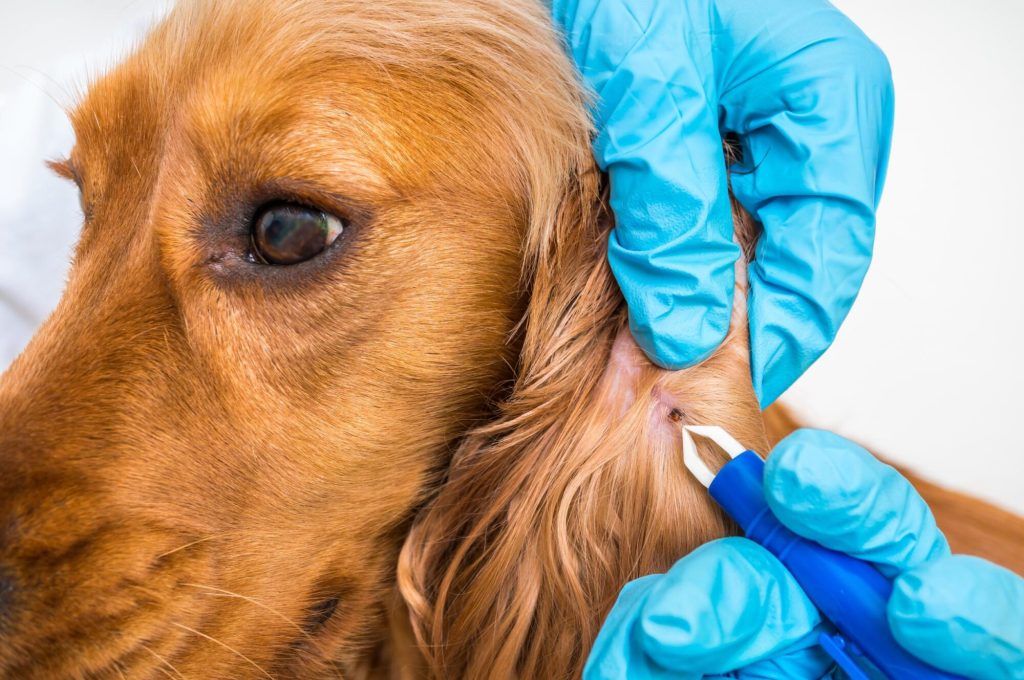
There are times you should not manage ticks at home. Contact your vet if:
- You cannot remove the tick completely
- Your dog shows signs of illness after removal
- You notice unusual swelling or allergic reaction
Veterinary advice ensures safety during emergencies and professional care if needed.
Integrating Tick Checks Into Your Dog’s Regular Care Routine
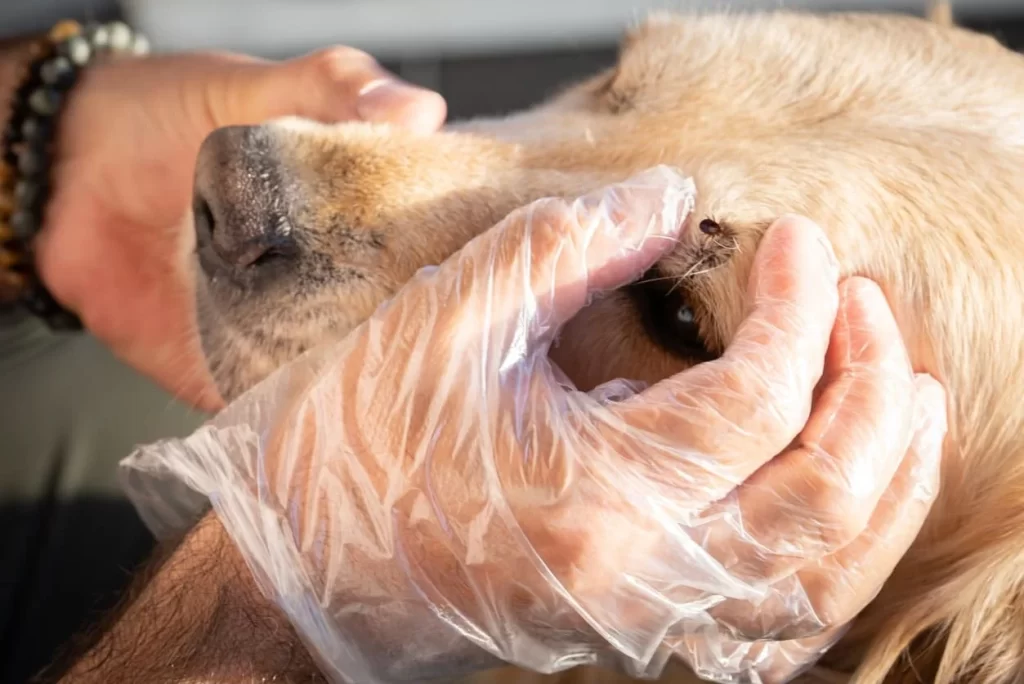
Tick checks should be part of grooming, not an occasional task.
Add them into weekly or daily habits:
- Combine with nail trimming
- Check ears during cleaning
- Run fingers through fur while brushing
- Inspect skin during dental cleaning
This habit builds consistency in your dog’s wellness routine.
Tools and Products That Help With Tick Control
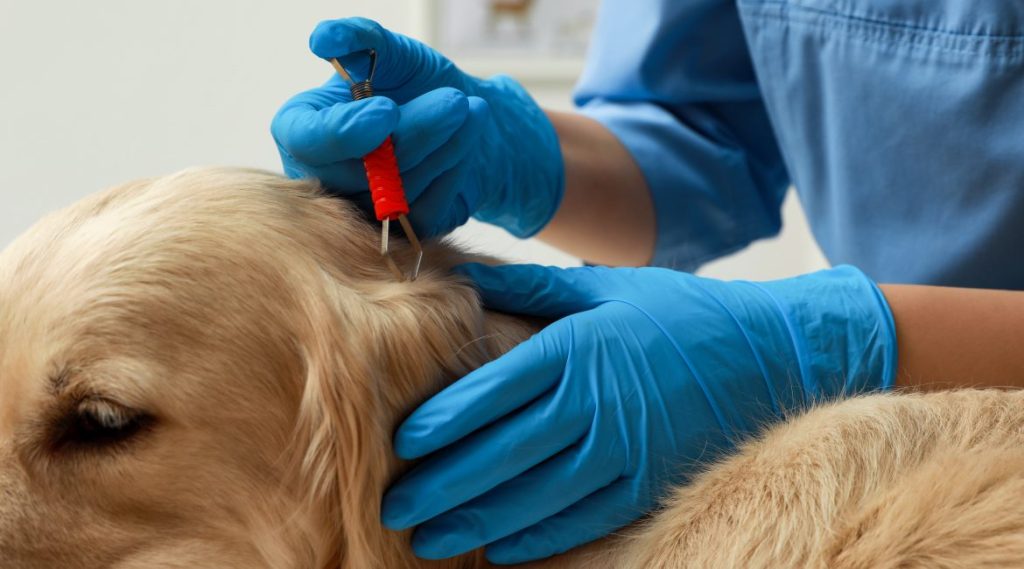
Certain products make prevention and removal easier.
- Tick combs for daily checks
- Shampoos designed for fleas and ticks
- Vet-approved sprays and spot-on solutions
- Natural repellents recommended by professionals
Avoid unsafe products from unreliable sources. Always ask your vet before starting new tick prevention.
Pet Grooming Tips for Tick Prevention
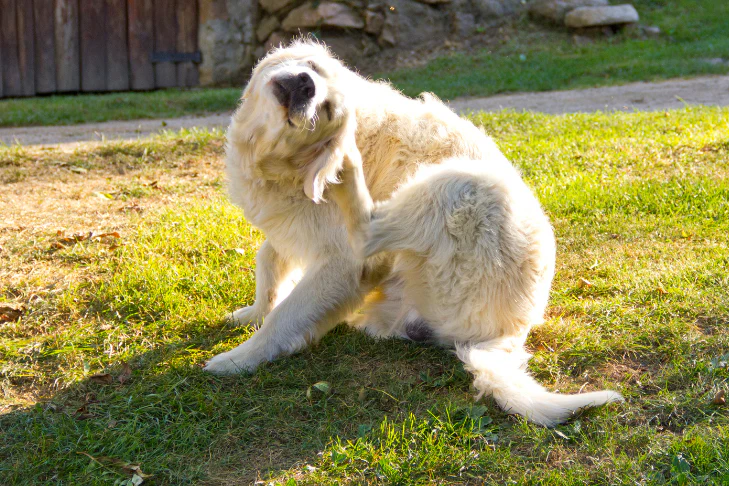
Good grooming lowers the chance of tick infestations.
- Brush your dog’s coat to spot ticks early
- Bathe regularly with safe products
- Keep fur trimmed, especially in humid seasons
- Inspect bedding and wash it frequently
Careers Collectiv reminds owners that grooming is not only cosmetic, it is preventive health care.
Tick Prevention for Pets and Household Safety
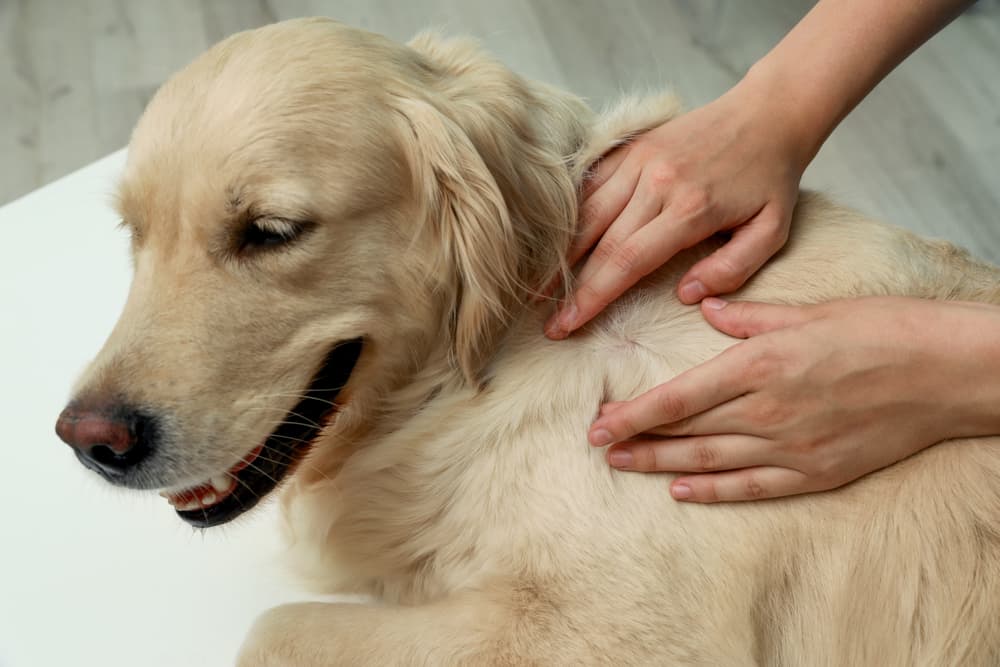
Ticks do not only affect dogs, they also risk household safety.
- Check other pets after outdoor play
- Wash blankets, leashes, and collars often
- Inspect humans after outdoor walks in bushy areas
This lowers risk for both pets and family members.
Veterinary Advice for Long-Term Protection
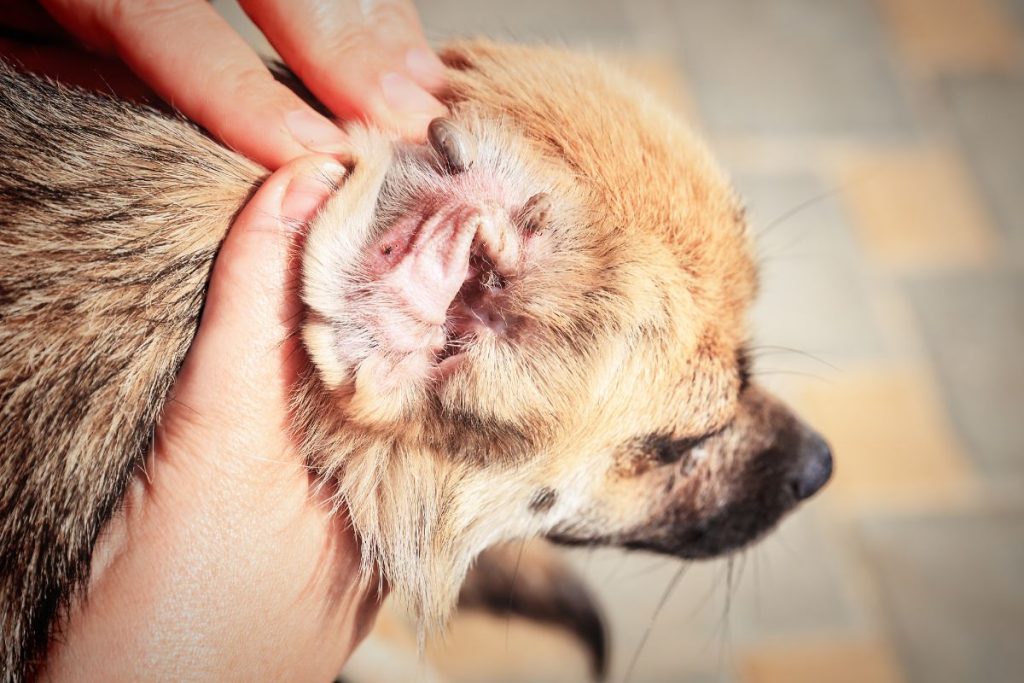
Veterinary guidance is important for long-term tick control.
Vets recommend:
- Monthly preventatives suited to your dog’s health
- Blood tests if tick-borne disease is suspected
- Adjustments in medication depending on your dog’s weight and age
Following vet guidance ensures safe and effective tick prevention, and for dog owners who want to deepen their knowledge of animal health, the Animal Welfare Course from Careers Collectiv provides expert training on care and wellbeing.
Summary & Owner’s Checklist
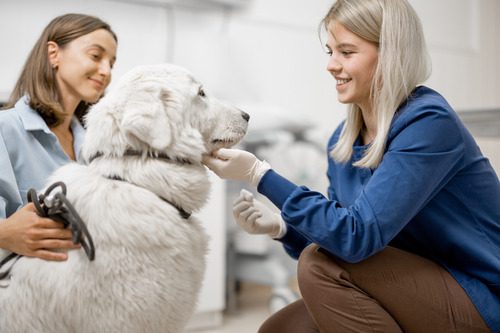
Dog owners need a simple process to follow.
- Spot: run hands through fur, check common tick spots
- Remove: use tweezers or removal tool correctly
- Clean: disinfect the wound and your tools
- Prevent: use collars, treatments, and keep grass short
- Monitor: watch for signs of infection or illness
Tick care is part of responsible dog ownership and an essential step in every grooming routine. Careers Collectiv recommends consistent checks, proper tools, and quick veterinary advice when needed.